Vinegar cleaning hacks for home – who knew this humble kitchen staple could be your secret weapon to a sparkling clean house? I’m always on the lookout for budget-friendly and eco-conscious ways to keep my home fresh, and let me tell you, vinegar has become my go-to solution. Forget those harsh chemicals and expensive cleaners; vinegar is here to revolutionize your cleaning routine!
Vinegar’s cleaning prowess isn’t exactly a new discovery. In fact, its use dates back centuries! Ancient civilizations, from the Egyptians to the Romans, utilized vinegar for its disinfecting and preserving properties. It’s a testament to its effectiveness that we’re still relying on it today. But why should you embrace these vinegar cleaning hacks for home? Well, think about it: we’re all striving for cleaner, healthier living spaces. But with the rising costs of cleaning products and growing concerns about their environmental impact, finding a safe and affordable alternative is more important than ever.
This DIY guide will unlock the amazing potential of vinegar, showing you how to tackle everything from stubborn stains to grimy surfaces. I’ll share my favorite tips and tricks, ensuring your home is not only clean but also free from harmful chemicals. Get ready to ditch the expensive cleaners and embrace the power of vinegar – your home (and your wallet) will thank you!
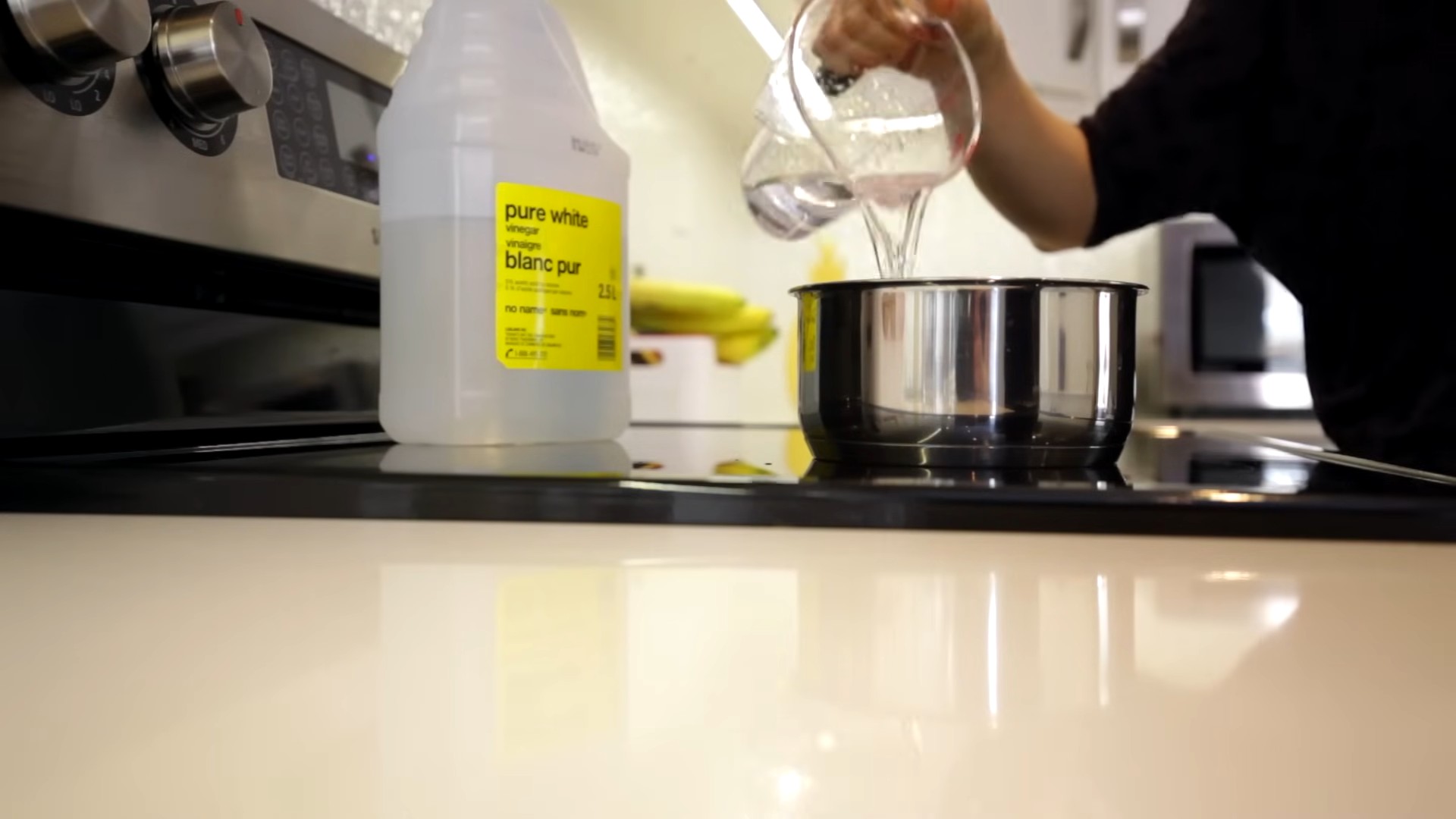
Vinegar Cleaning Hacks: Unleash the Power of This Natural Cleaner!
Hey there, fellow cleaning enthusiasts! I’m so excited to share some of my favorite vinegar cleaning hacks with you. Vinegar is a total game-changer when it comes to natural cleaning. It’s cheap, effective, and readily available. Plus, it’s way better for the environment (and your lungs!) than many harsh chemical cleaners. Let’s dive in and discover how you can use vinegar to tackle all sorts of cleaning challenges around your home.
General Vinegar Cleaning Tips
Before we get into the specific hacks, here are a few general tips to keep in mind when cleaning with vinegar:
* Dilution is Key: Always dilute vinegar with water, especially when cleaning delicate surfaces. A 50/50 solution is usually a good starting point.
* Test First: Before cleaning an entire surface, test the vinegar solution on a small, inconspicuous area to make sure it doesn’t cause any damage or discoloration.
* Ventilation is Important: While vinegar is a natural cleaner, it does have a strong odor. Make sure to open windows or turn on a fan to ventilate the area while you’re cleaning.
* Don’t Mix with Bleach: This is super important! Never, ever mix vinegar with bleach. The combination creates toxic fumes that can be harmful to your health.
* Embrace the Smell: The vinegar smell might be a little strong at first, but don’t worry, it dissipates quickly. You can also add a few drops of your favorite essential oil to the vinegar solution to help mask the odor.
Cleaning Your Kitchen with Vinegar
The kitchen is a breeding ground for grime and bacteria, but vinegar can help you keep it sparkling clean.
Cleaning the Microwave
Microwaves can get pretty gross with splattered food and lingering odors. Here’s how to clean yours with vinegar:
1. Prepare the Solution: Mix 1 cup of water with 1/4 cup of white vinegar in a microwave-safe bowl.
2. Microwave the Solution: Place the bowl in the microwave and heat it on high for 3-5 minutes, or until the solution boils and the microwave is filled with steam.
3. Let it Sit: Leave the door closed for another 5-10 minutes to allow the steam to loosen any stuck-on food particles.
4. Wipe Clean: Carefully remove the bowl (it will be hot!) and wipe down the inside of the microwave with a clean cloth or sponge. The grime should come off easily.
5. Dry and Enjoy: Dry the inside of the microwave with a clean towel. Your microwave should now be clean and fresh!
Cleaning the Coffee Maker
Coffee makers can accumulate mineral deposits over time, which can affect the taste of your coffee. Vinegar can help descale your coffee maker and keep it running smoothly.
1. Prepare the Solution: Fill the water reservoir of your coffee maker with a 50/50 solution of white vinegar and water.
2. Run a Brewing Cycle: Turn on the coffee maker and let it run through a full brewing cycle.
3. Rinse Thoroughly: After the brewing cycle is complete, discard the vinegar solution and fill the water reservoir with fresh water. Run two or three more brewing cycles with fresh water to rinse out any remaining vinegar.
4. Enjoy Fresh Coffee: Your coffee maker should now be clean and ready to brew delicious coffee!
Cleaning the Dishwasher
Dishwashers can also accumulate mineral deposits and food debris, which can affect their performance. Vinegar can help clean and deodorize your dishwasher.
1. Remove Food Debris: Make sure to remove any large pieces of food debris from the bottom of the dishwasher.
2. Pour in Vinegar: Pour 1 cup of white vinegar into a dishwasher-safe bowl and place it on the top rack of the dishwasher.
3. Run a Cycle: Run the dishwasher on a hot water cycle without any detergent.
4. Enjoy a Clean Dishwasher: The vinegar will help dissolve mineral deposits, remove food debris, and deodorize your dishwasher.
Cleaning Cutting Boards
Cutting boards, especially wooden ones, can harbor bacteria. Vinegar is a great natural disinfectant for cleaning cutting boards.
1. Rinse the Cutting Board: Rinse the cutting board with warm water to remove any loose food particles.
2. Spray with Vinegar: Spray the cutting board with undiluted white vinegar.
3. Let it Sit: Let the vinegar sit on the cutting board for a few minutes to disinfect it.
4. Wipe Clean: Wipe the cutting board clean with a damp cloth or sponge.
5. Dry Thoroughly: Dry the cutting board thoroughly with a clean towel.
Cleaning Your Bathroom with Vinegar
The bathroom is another area that can benefit from the cleaning power of vinegar.
Cleaning Showerheads
Showerheads can get clogged with mineral deposits, which can reduce water pressure. Vinegar can help dissolve these deposits and restore your showerhead to its former glory.
1. Prepare the Solution: Fill a plastic bag with white vinegar.
2. Attach the Bag: Attach the bag to the showerhead using a rubber band or twist tie, making sure the showerhead is completely submerged in the vinegar.
3. Soak Overnight: Let the showerhead soak in the vinegar overnight.
4. Remove the Bag: Remove the bag and discard the vinegar.
5. Rinse Thoroughly: Run the shower for a few minutes to rinse out any remaining vinegar and mineral deposits.
6. Enjoy a Stronger Shower: Your showerhead should now be clean and free of mineral deposits, resulting in a stronger and more enjoyable shower.
Cleaning Toilets
Vinegar can help clean and deodorize toilets, as well as remove hard water stains.
1. Pour in Vinegar: Pour 1 cup of white vinegar into the toilet bowl.
2. Let it Sit: Let the vinegar sit in the toilet bowl for at least 30 minutes, or preferably overnight.
3. Scrub the Bowl: Scrub the toilet bowl with a toilet brush to remove any stains or buildup.
4. Flush: Flush the toilet to rinse away the vinegar and debris.
5. Enjoy a Clean Toilet: Your toilet should now be clean and fresh!
Cleaning Shower Doors
Soap scum and hard water stains can make shower doors look cloudy and dirty. Vinegar can help remove these stains and restore your shower doors to their original shine.
1. Prepare the Solution: Mix equal parts white vinegar and warm water in a spray bottle.
2. Spray the Doors: Spray the shower doors with the vinegar solution.
3. Let it Sit: Let the solution sit on the doors for a few minutes to loosen the soap scum and hard water stains.
4. Wipe Clean: Wipe the doors clean with a sponge or cloth. For stubborn stains, you may need to use a scrub brush.
5. Rinse Thoroughly: Rinse the doors thoroughly with water.
6. Dry and Shine: Dry the doors with a clean towel to prevent water spots.
Other Vinegar Cleaning Hacks Around the House
Vinegar isn’t just for the kitchen and bathroom. Here are a few other ways you can use vinegar to clean your home:
Cleaning Windows and Mirrors
Vinegar is a great natural cleaner for windows and mirrors, leaving them streak-free and sparkling.
1. Prepare the Solution: Mix equal parts white vinegar and water in a spray bottle.
2. Spray the Surface: Spray the windows or mirrors with the vinegar solution.
3. Wipe Clean: Wipe the surface clean with a microfiber cloth or paper towel.
4. Enjoy Sparkling Windows: Your windows and mirrors should now be clean and streak-free!
Removing Carpet Stains
Vinegar can help remove some types of carpet stains, such as pet stains and food spills.
1. Blot the Stain: Blot the stain with a clean cloth or paper towel to remove as much of the liquid as possible.
2. Prepare the Solution: Mix equal parts white vinegar and water in a spray bottle.
3. Spray the Stain: Spray the stain with the vinegar solution.
4. Let it Sit: Let the solution sit on the stain for a few minutes.
5. Blot Again: Blot the stain again with a clean cloth or paper towel.
6. Repeat if Necessary: Repeat the process until the stain is gone.
7. Dry Thoroughly: Dry the area thoroughly with a clean towel.
Deodorizing Laundry
Vinegar can help deodorize laundry and remove musty smells.
1. Add to Wash: Add 1/2 cup of white vinegar to the washing machine during the rinse cycle.
2. Enjoy Fresh Laundry: The vinegar will help
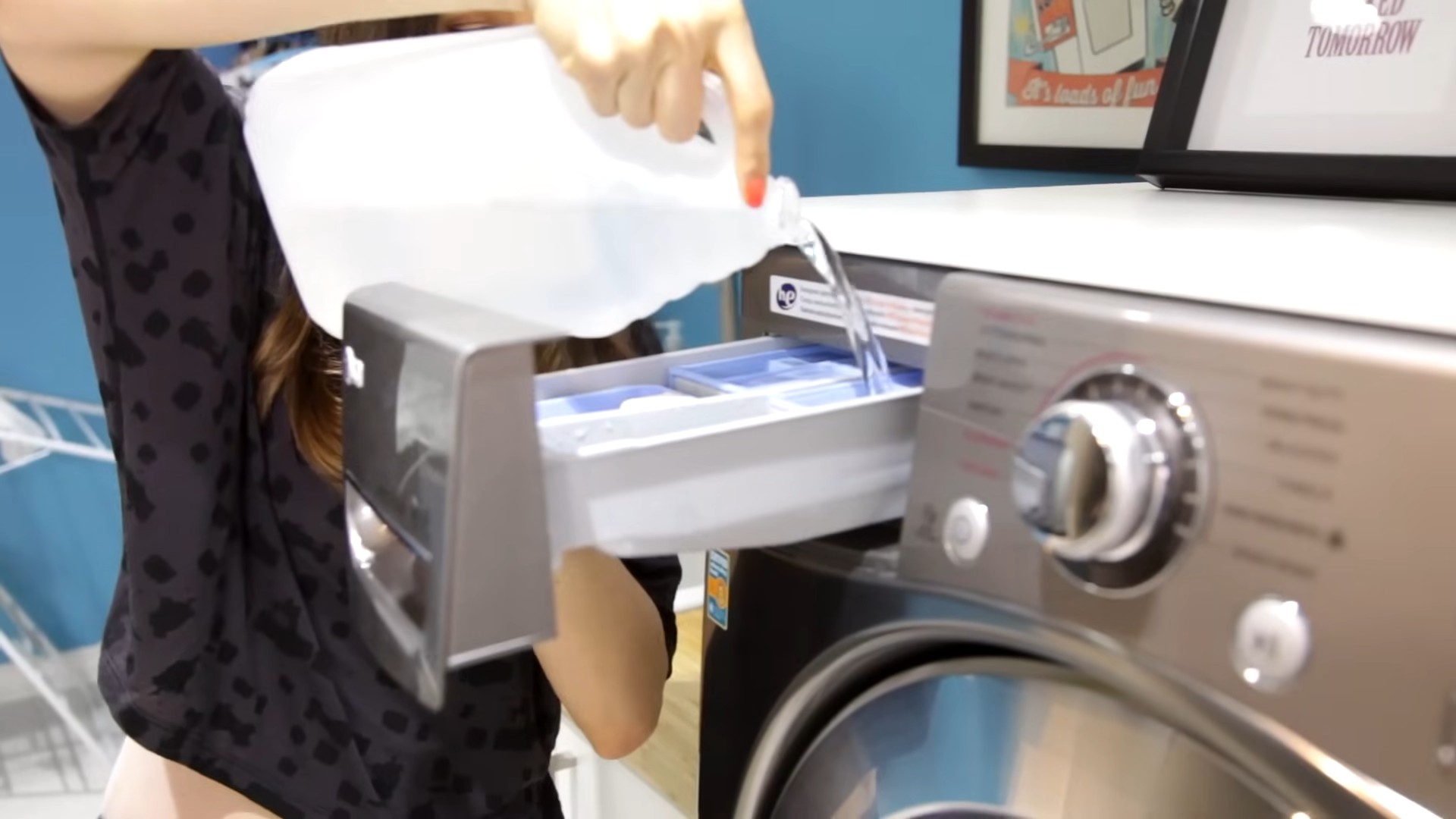
Conclusion
So, there you have it! Unlocking the power of vinegar for a sparkling clean home is not just a trend; it’s a revolution in eco-friendly and budget-conscious cleaning. We’ve explored a range of vinegar cleaning hacks that can transform your cleaning routine, from banishing stubborn hard water stains to deodorizing your refrigerator with ease. The beauty of these methods lies in their simplicity, affordability, and effectiveness. You’re not just cleaning; you’re making a conscious choice to reduce your reliance on harsh chemicals and embrace a more sustainable lifestyle.
Why is this a must-try? Because it works! Vinegar’s natural acidity cuts through grease, grime, and mineral deposits like a champ, leaving surfaces clean and fresh without the lingering chemical odors of commercial cleaners. Plus, think of the money you’ll save! A single bottle of vinegar can replace a whole arsenal of expensive cleaning products.
But the fun doesn’t stop there. Feel free to experiment and adapt these hacks to suit your specific needs and preferences. For instance, if you find the vinegar scent a bit strong, infuse it with citrus peels (lemon, orange, grapefruit) for a more pleasant aroma. Simply add the peels to a jar of vinegar and let it steep for a few weeks before straining and using. You can also add a few drops of your favorite essential oils, like lavender or tea tree, for their added cleaning and aromatherapy benefits. For tougher stains, try creating a paste of baking soda and vinegar for extra scrubbing power. Remember to always test any cleaning solution on an inconspicuous area first to ensure it doesn’t damage the surface.
Don’t be afraid to get creative! Use vinegar to clean your microwave by heating a cup of vinegar and water inside for a few minutes, then wiping away the loosened grime. Freshen up your laundry by adding a cup of vinegar to the rinse cycle to remove detergent residue and soften fabrics. Even your dishwasher can benefit from a vinegar rinse – simply pour a cup into the bottom of the dishwasher and run a cycle.
We’re confident that once you experience the cleaning power of vinegar, you’ll be hooked. It’s a game-changer for anyone looking to simplify their cleaning routine, save money, and reduce their environmental impact. So, ditch the harsh chemicals and embrace the natural cleaning power of vinegar.
We encourage you to try these vinegar cleaning hacks and share your experiences with us! Let us know which hacks worked best for you, any variations you tried, and any other creative uses you’ve discovered. Your feedback will help us continue to refine and expand our knowledge of this amazing natural cleaner. Share your tips and tricks in the comments below – let’s build a community of vinegar-cleaning enthusiasts!
FAQ
What kind of vinegar should I use for cleaning?
The best type of vinegar for cleaning is plain white distilled vinegar. It’s inexpensive, readily available, and has a consistent acidity level that makes it effective for a wide range of cleaning tasks. Avoid using flavored vinegars, such as apple cider vinegar or balsamic vinegar, as they may contain sugars or other additives that could leave a sticky residue or stain surfaces. While apple cider vinegar can be used in some cleaning applications, white distilled vinegar is generally the preferred choice for its versatility and effectiveness.
Is vinegar safe to use on all surfaces?
While vinegar is a versatile cleaner, it’s not safe for all surfaces. Avoid using vinegar on natural stone surfaces like marble, granite, and limestone, as its acidity can etch and damage these materials. It’s also best to avoid using vinegar on waxed wood furniture, as it can strip the wax finish. Other surfaces to avoid include cast iron, aluminum, and electronics screens. Always test vinegar on an inconspicuous area before applying it to a larger surface to ensure it doesn’t cause any damage or discoloration.
How do I get rid of the vinegar smell after cleaning?
The vinegar smell typically dissipates within a few hours after cleaning. To speed up the process, you can open windows and doors to ventilate the area. You can also add a few drops of essential oils, such as lavender, lemon, or eucalyptus, to your cleaning solution to mask the vinegar scent. Another option is to boil a pot of water with a few cinnamon sticks or citrus peels to create a natural air freshener.
Can I mix vinegar with other cleaning products?
It’s generally not recommended to mix vinegar with other cleaning products, especially bleach. Mixing vinegar with bleach can create toxic chlorine gas, which can be harmful to your health. Avoid mixing vinegar with ammonia as well, as this can create chloramine gas, another dangerous and irritating substance. When using vinegar for cleaning, it’s best to use it on its own or with simple ingredients like baking soda or water.
How do I clean my coffee maker with vinegar?
To clean your coffee maker with vinegar, fill the water reservoir with a solution of equal parts white distilled vinegar and water. Brew the solution halfway through a normal brewing cycle, then turn off the coffee maker and let it sit for 30 minutes to allow the vinegar to dissolve mineral deposits. After 30 minutes, finish brewing the solution. Then, rinse the coffee maker by brewing two or three cycles of fresh water to remove any remaining vinegar residue.
Can vinegar kill mold?
Yes, vinegar can kill mold. White distilled vinegar is a mild acid that can effectively kill about 82% of mold species. To kill mold with vinegar, spray undiluted white distilled vinegar onto the affected area and let it sit for an hour. Then, wipe the area clean with a damp cloth. For stubborn mold growth, you may need to repeat the process or use a stronger cleaning solution. Always wear gloves and a mask when cleaning mold to protect yourself from spores.
How do I clean my showerhead with vinegar?
To clean your showerhead with vinegar, fill a plastic bag with white distilled vinegar and secure it around the showerhead with a rubber band or twist tie, ensuring that the showerhead is fully submerged in the vinegar. Let it soak for at least 30 minutes, or preferably overnight, to dissolve mineral deposits. After soaking, remove the bag and run the shower for a few minutes to flush out any remaining vinegar and debris. You can also use an old toothbrush to scrub away any stubborn deposits.
Can I use vinegar to clean my washing machine?
Yes, you can use vinegar to clean your washing machine. To clean your washing machine with vinegar, add two cups of white distilled vinegar to the detergent dispenser and run a normal wash cycle on the hottest setting. This will help to remove detergent residue, mineral deposits, and odors from the washing machine. For a more thorough cleaning, you can also add a half-cup of baking soda to the drum of the washing machine before running the cycle.
How often should I clean with vinegar?
The frequency of cleaning with vinegar depends on the specific task and the level of dirt or grime. For general cleaning tasks, such as wiping down countertops and cleaning floors, you can use vinegar once or twice a week. For more specific tasks, such as cleaning your coffee maker or washing machine, you can use vinegar once a month or as needed. Regularly cleaning with vinegar can help to prevent the buildup of dirt, grime, and mineral deposits, making your cleaning tasks easier and more effective.

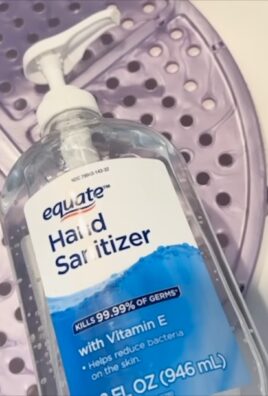
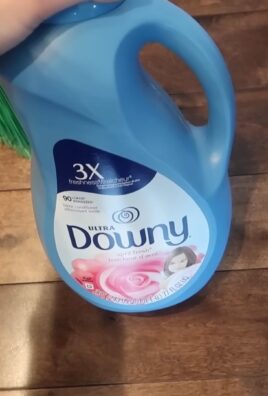
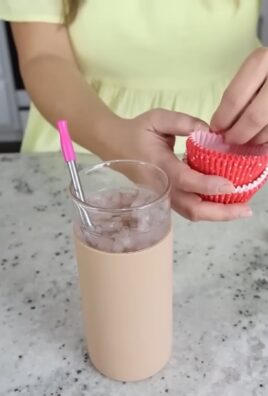
Leave a Comment